
“You’re driving along, having a perfectly nice day, when out of nowhere a pickup truck slams into your brand new car. One second it wasn’t there, and the next second – BOOM! – you had your first accident. Now you have to make your first claim. So you talk to your insurance company, and – BOOM! – you’re blindsided for a second time: They won’t give you enough money to replace your brand new car.
(pregnant pause)
Don’t those people know you’re already shaken up?”
I love the reference to “those people”. We all know who they are.
The story goes on: Liberty Mutual not only replaces the new car but also includes the value of depreciation. Another spot in the series offers to replace a policyholder’s older car with one a whole model year newer.
“You should feel good about your choice of insurance,” Liberty Mutual’s Web site informs us. “That’s why our new campaign aims to shine a light on this otherwise confusing category.”
Amen to that! Insurance, whether auto, health, homeowner or life, all too often seems like a costly crap shoot, despite the assuring words used to sell us our policies. So it’s refreshing to see a straight-talking sales pitch based on credible slice-of-life situations – without yammering on so much about price (the up to $423 you can save to switch is slipped in toward the end of the spot -- frosting on the cake compared to the main benefit).
If I hadn’t experienced such consistently good customer service from my State Farm agent over the years, which is a personal rather than corporate competitive appeal, I’d be tempted to give Liberty Mutual a shot at my business because of their common sense advertising – but would be less likely to change companies for a 15% price difference, even if offered up by a cute green gecko.
Pure and simple, Liberty Mutual has done a superb job of communicating their competitive advantage. Their tagline is so strong that price may not even matter: car insurance seen in a whole new light.
TakeAway: Create an authentic and credible competitive advantage. Then, present it in terms that people can rally around; they will be more likely to want to buy your product or service.
Content © by Brian E. Faulkner
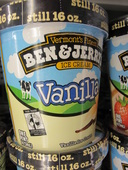
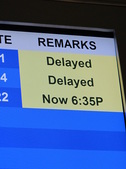
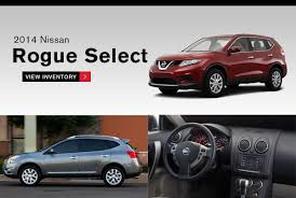

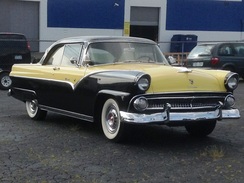

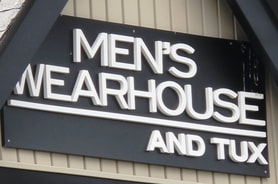
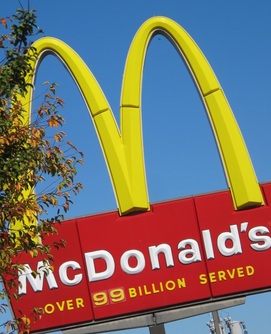
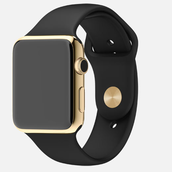
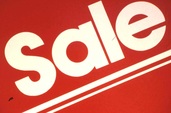
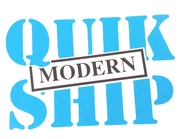
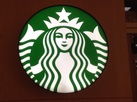
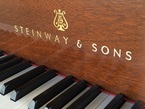
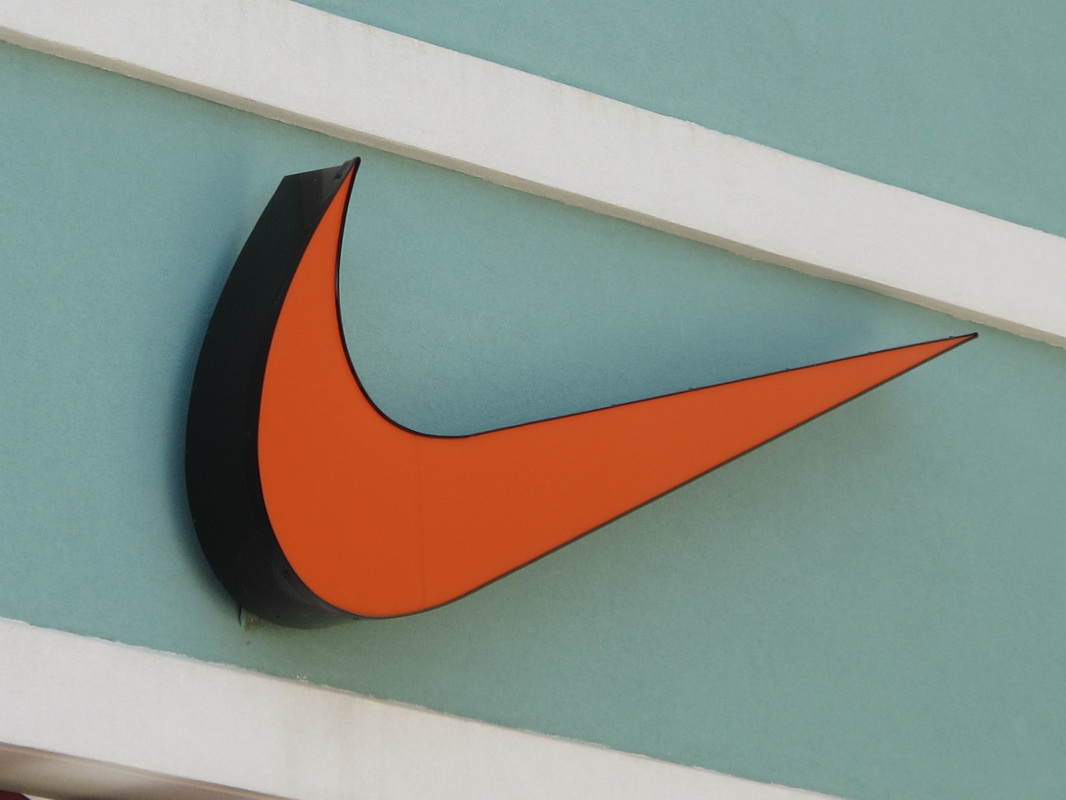
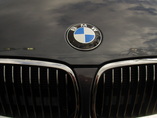

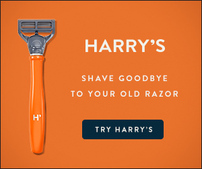
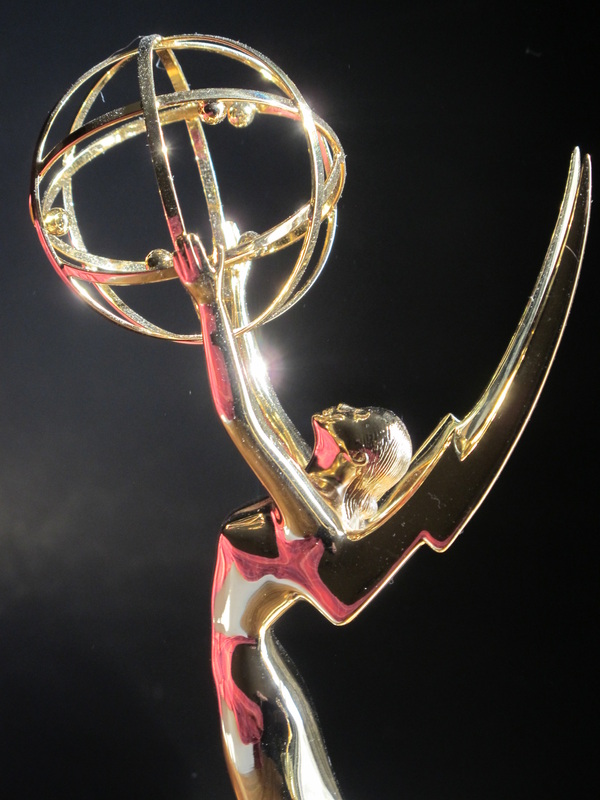
 RSS Feed
RSS Feed